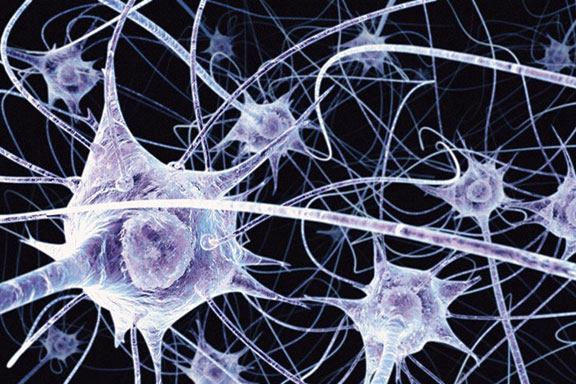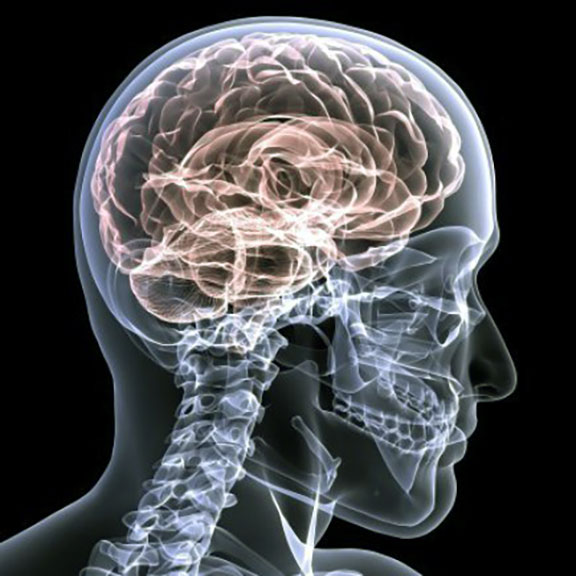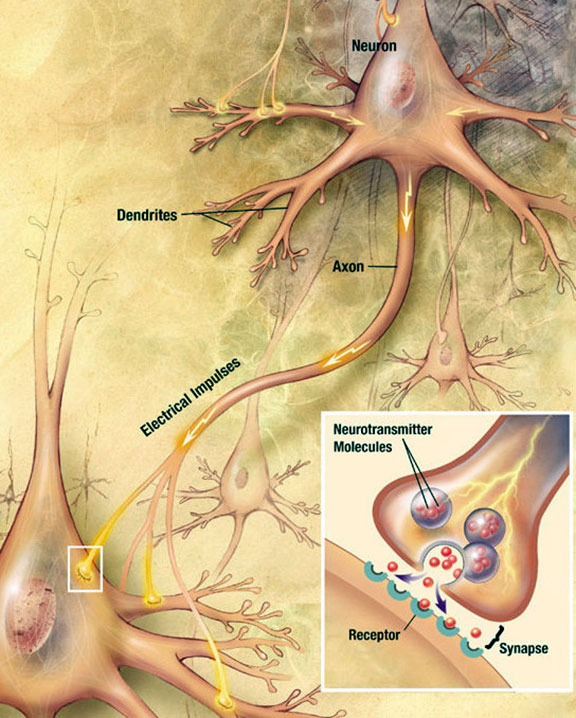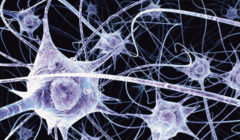Getting There from Here
Last year, I got to see sights from a car making its way on I90 across Lake Washington and on into Seattle toward the Puget Sound. During this ride with family, one person pointed out landmarks while another monitored traffic congestion reports from a smart phone app. Smart phone alerts together with flashing road signs guide Seattle area drivers away from traffic bottlenecks. Toll roads offer quicker travel for higher fees during peak traffic times.

Viewed on a national map from a Seattle perspective, I90, with an eastbound floating bridge over Lake Washington, appears to bypass Syracuse while it connects Seattle to Boston. That same perspective might view I81 carrying traffic from points south to and north through Syracuse to the I90 interchange located north in some unlabeled area. (The Town of Salina)
Maps reflect movement and coalescence.
Last year, I had considered driving to Seattle because, during my last flight west, something inside my brain caused me to lose consciousness. When I regained consciousness, I at first couldn’t follow what was happening moment to moment. Confusing memories, which clearly involved me, but of which I’d been unaware, flowed into my mind while words in the magazine I tried to read seemed to swirl on the page. Later, in the years following this episode, other health issues led me to learn about neurotransmission, vasoconstriction, penumbras, TIA and TGA. I read about TGA, transient global amnesia, on an FAA website.
Our brains guide us.

During my brain disruption, likely a stroke, I wasn’t always sure who I was, but I knew where to look to find my driver’s license. I was able to name the family members in my wallet photos and use that information to identify the people staring at me from around the dinner table. I knew I was visiting family and the people around me looked like the family members in my photos. Our short term working memory identifies information and passes it on into our long term semantic (procedural) and episodic (historical narrative) memory. A blockage to one group of neurons causes others to fire. Thoughts and memories can emerge out of context. Over time, neurogenesis and neuroplasticity can reconnect disconnected brain areas. Still, when they’re happening, brain disruptions are frightening. I tried to act normal.
I now know people tried to help me.
Our nervous systems operate with a Default Mode Network, which simply put, reflects how we “are” based on our experience. For instance, soldiers, first responders and trauma victims might seem hypervigilant. The brain maps and stores everything. Specific brain areas control specific functions. Physical therapy, yoga and exercise can help reintegrate mind body connections damaged by stroke or other trauma.
The concrete connectors we drive across daily don’t self-repair. Physical movement of a bridge doesn’t strengthen the bridge. Good connectivity in one place assists good connectivity elsewhere. In 2011, when replacement of Route 81 through Syracuse was being proposed, I attended the I81 Challenge at the Oncenter. As I wound my way through the maze-like exhibit of wall displays and table top dioramas of possible future I81/City of Syracuse configurations, I started feeling dizzy. My vertigo increased as I looked back and forth amid photographs and diagrams showing railroad and utility easements and their proximity to existing buildings. I struggled to evaluate individual issues amid big picture possibilities. Other people seemed to be writing down suggestions. Why couldn’t I? I left the Oncenter wondering if the dizziness I was feeling stemmed from a concussion I’d experienced some months prior, or, was I just an air-head. My first go-to answer is “what’s wrong with me” which isn’t an answer. Detailed answers lay hidden in memory I lost to differing traumatic brain injuries.

I’ve started to avoid public policy discussions: too upsetting. During a recent discussion concerning physician assisted suicide, one participant reported that in the 1960’s, electroshock treatments successfully changed the minds of terminally ill patients who wanted to end their suffering. ECT disrupts brain circuitry causing memory loss. Breaking connections to individual infrastructure and consciousness does change peoples’ minds. Should we be changing peoples’ minds or helping them some other way? Demolishing connectors and connections creates chaos in the moment and long after. What benefits one might not be good for another, and how “not good” things can get doesn’t manifest immediately.
Disconnections, dislocations and reconnections in thinking and mobility change how individuals and groups map their lives. My connections are still reconnecting. When I drive from Syracuse along Erie Boulevard East, I can now remember when farm laborers in yellow raincoats used to pick lettuce from fields where I690 now stands.
Everything connects to something.










